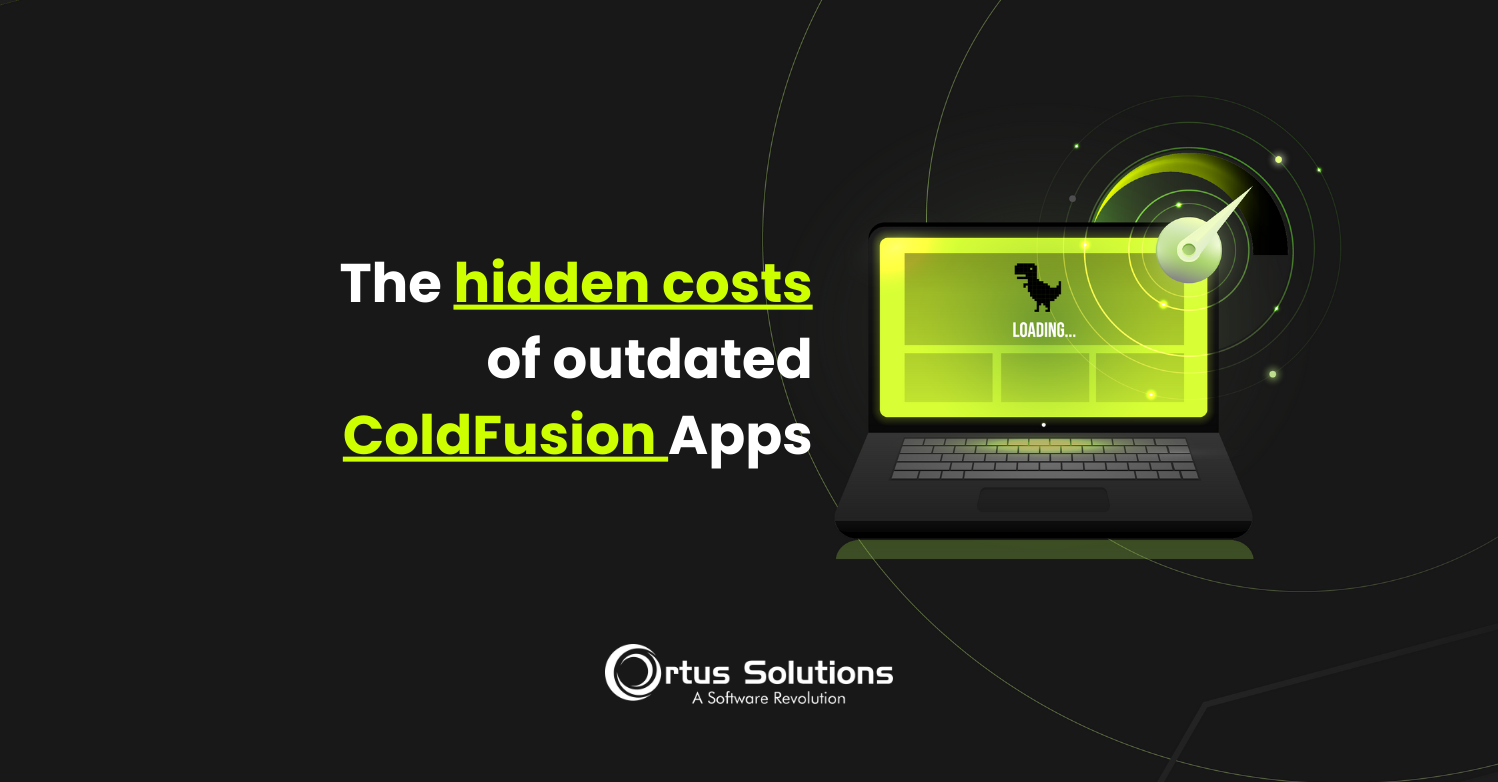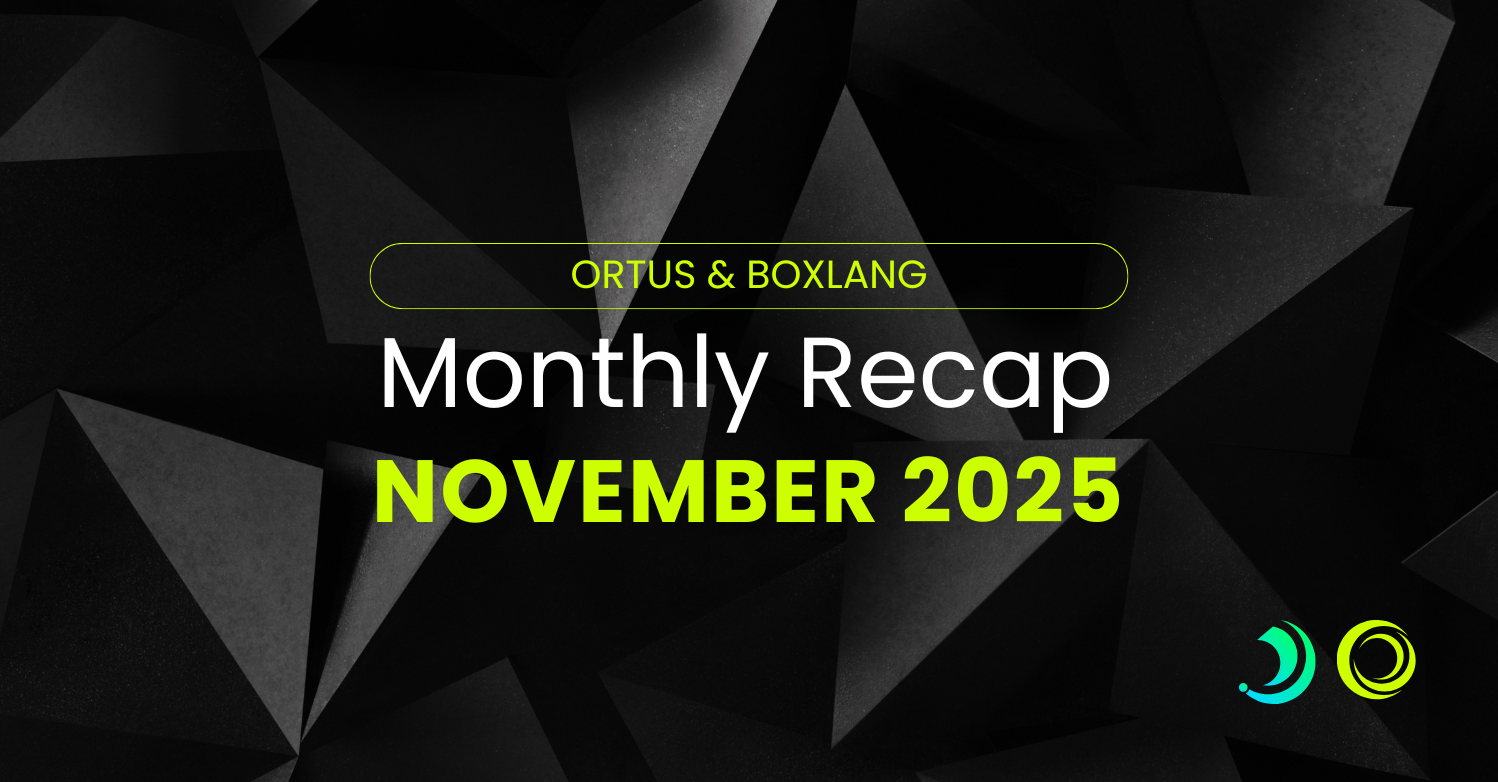Is Your ColdFusion System Quietly Costing You More Than You Think?
Many organizations continue to rely on ColdFusion systems that haven’t been updated in years. While these systems may still be running, they often come with hidden operational, financial, and security costs that can compound over time.
In this article, we’ll explore the true cost of maintaining legacy ColdFusion applications—and how teams can start reducing that burden through modernization, optimization, and smart planning.
The Real Costs Behind Legacy ColdFusion Systems
1. Downtime and Performance Bottlenecks
Older ColdFusion versions are more prone to performance issues, such as slow load times, memory leaks, and server crashes. This can result in:
- Disrupted operations and reduced productivity
- Poor user experiences
- Missed business opportunities during downtime
Keeping systems stable often requires reactive fixes, which can become more expensive and less effective over time.
2. Rising Maintenance and Support Challenges
As ColdFusion versions age, so does the pool of developers familiar with legacy CFML codebases. This creates:
- Higher labor costs for specialized support
- Delays in bug fixing and feature development
- Technical debt that accumulates with each workaround
Maintaining outdated systems becomes a growing burden on internal teams, especially when modern development tools and practices aren’t compatible.
3. Security Vulnerabilities and Compliance Risks
Unsupported ColdFusion versions often lack critical security updates, leaving applications exposed to:
- Known exploits and security vulnerabilities
- Compliance violations with regulations like HIPAA, PCI, or GDPR
- Increased susceptibility to cyberattacks or ransomware incidents
Without regular audits and patching, organizations may not even be aware of their exposure.
4. Limited Scalability and Integration Barriers
Legacy systems can hold back business growth. Common issues include:
- Difficulty integrating with modern APIs, cloud services, and platforms
- Infrastructure limitations that restrict scaling
- Inability to adopt DevOps pipelines or agile deployment practices
As businesses evolve, outdated systems often can’t keep up with new demands or opportunities.
5. Inefficient Infrastructure and Resource Waste
Running ColdFusion on outdated or poorly configured infrastructure can lead to:
- Higher energy usage and operating costs
- Underutilized or overburdened servers
- Lack of flexibility to adopt cloud-native efficiencies
Legacy environments are rarely optimized for today’s performance and cost-efficiency standards.
How to Begin Reducing Costs and Risk
Organizations don’t need to replace everything at once to make meaningful progress. A phased, strategic approach can unlock improvements without overwhelming disruption. Here are some practical first steps:
- Conduct a system audit to identify performance, security, and technical debt issues.
- Evaluate upgrade paths to supported ColdFusion versions with active patching and vendor support.
- Implement performance and security best practices, including load testing, code optimization, and regular vulnerability scans.
- Consider modular modernization, replacing high-risk or high-cost components gradually.
- Assess infrastructure options, such as moving from on-premises servers to more efficient cloud-based environments.
Final Thoughts: Modernization Doesn’t Have to Be All or Nothing
Continuing to operate on legacy ColdFusion systems might seem like the safer or cheaper route—but the long-term costs often outweigh the short-term convenience. The key is to gain visibility into where the real risks and inefficiencies lie, and to take action with a plan that fits your team’s capacity and goals.
If you’re unsure where to start or how serious your risks may be, a professional ColdFusion audit can provide clarity.
Looking to modernize, cut costs, or stabilize your ColdFusion systems? Let’s talk. Contact Ortus Solutions for a free consultation and see how we can help.




Add Your Comment